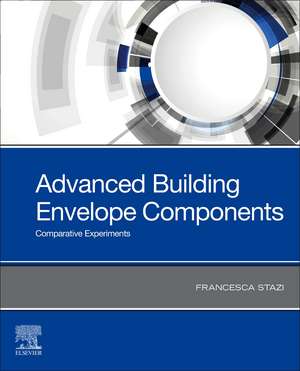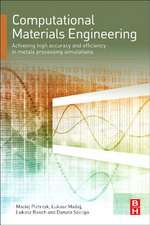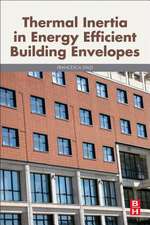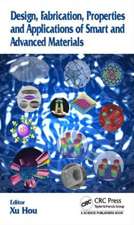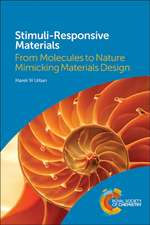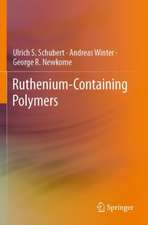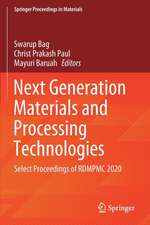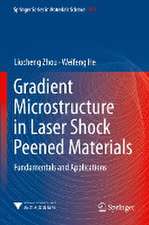Advanced Building Envelope Components: Comparative Experiments
Autor Francesca Stazien Limba Engleză Paperback – 3 iun 2019
- Includes real case studies that explore, in detail, the behavior of different envelopes
- Presents laboratory tests on existing insulation (if any, through samples extracted on-site) to quantify actual performances
- Provides the tools and methods for comparing, selecting and testing materials and components for designing effective building envelopes
- Covers both transparent and opaque envelope components, as well as opaque dynamic facades
Preț: 587.20 lei
Preț vechi: 754.64 lei
-22% Nou
Puncte Express: 881
Preț estimativ în valută:
112.36€ • 120.15$ • 93.68£
112.36€ • 120.15$ • 93.68£
Carte tipărită la comandă
Livrare economică 10-24 aprilie
Preluare comenzi: 021 569.72.76
Specificații
ISBN-13: 9780128169216
ISBN-10: 0128169214
Pagini: 168
Ilustrații: Approx. 120 illustrations (120 in full color)
Dimensiuni: 191 x 235 x 11 mm
Greutate: 0.3 kg
Editura: ELSEVIER SCIENCE
ISBN-10: 0128169214
Pagini: 168
Ilustrații: Approx. 120 illustrations (120 in full color)
Dimensiuni: 191 x 235 x 11 mm
Greutate: 0.3 kg
Editura: ELSEVIER SCIENCE
Cuprins
Part One: Transparent Envelope Components1. Introduction: towards intelligent kinetic skins2. Glass3. Shadings4. Window openings5. Frames 6. Structural adhesives
Part Two: Opaque Envelope Components7. Introduction: towards Climate Adaptive building Shells8. External side9. Internal side10. Envelope core
Part Three: Comparing components: The Occupant's Behaviour11. Introduction: towards users' inclusion in energy (retrofit) strategies12. Passive vs active users
Part Four: Experimental Methods13. Introduction14. Experimental methods in laboratory15. Experimental methods on-site16. Mock-up
Part Two: Opaque Envelope Components7. Introduction: towards Climate Adaptive building Shells8. External side9. Internal side10. Envelope core
Part Three: Comparing components: The Occupant's Behaviour11. Introduction: towards users' inclusion in energy (retrofit) strategies12. Passive vs active users
Part Four: Experimental Methods13. Introduction14. Experimental methods in laboratory15. Experimental methods on-site16. Mock-up
